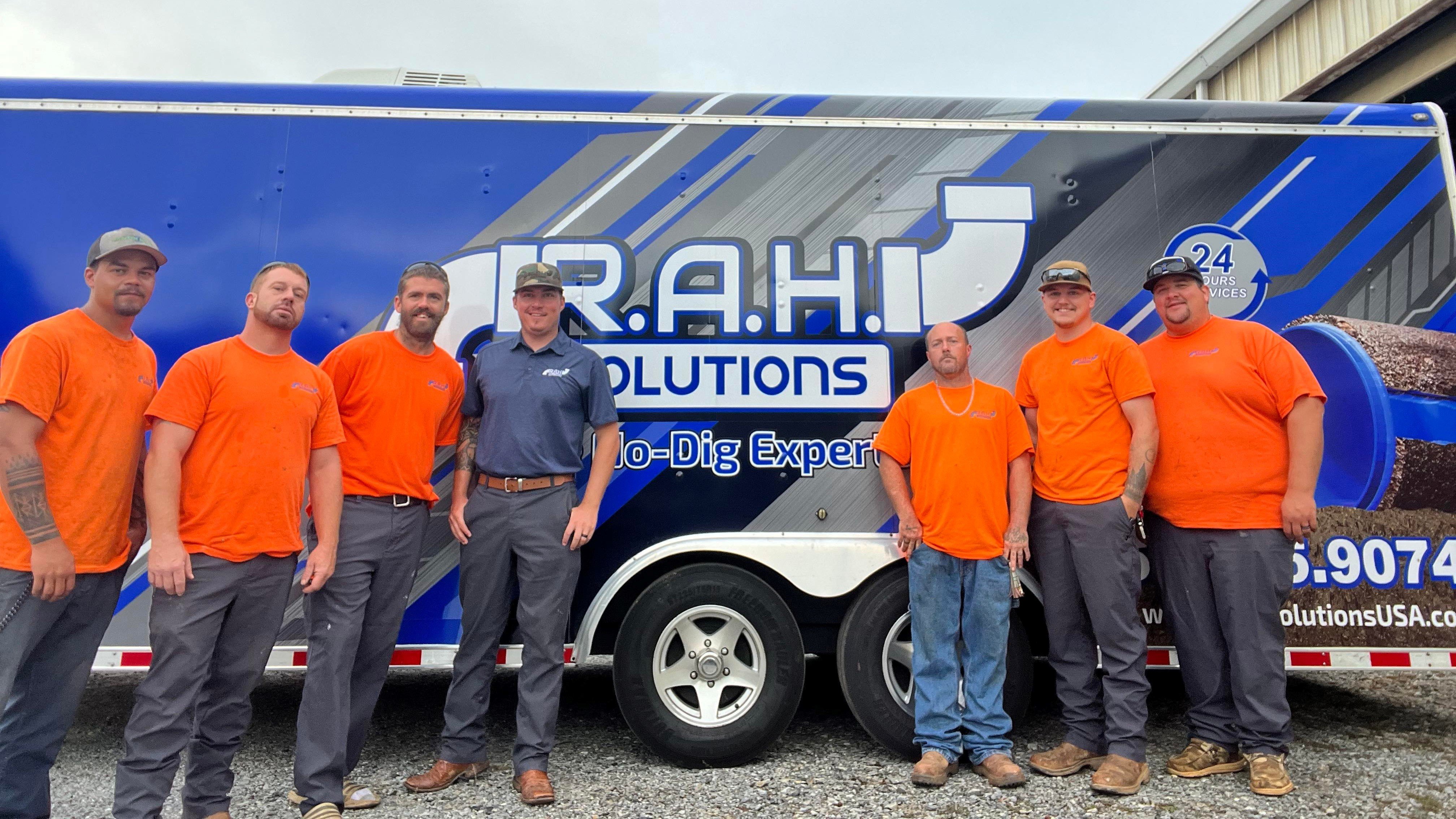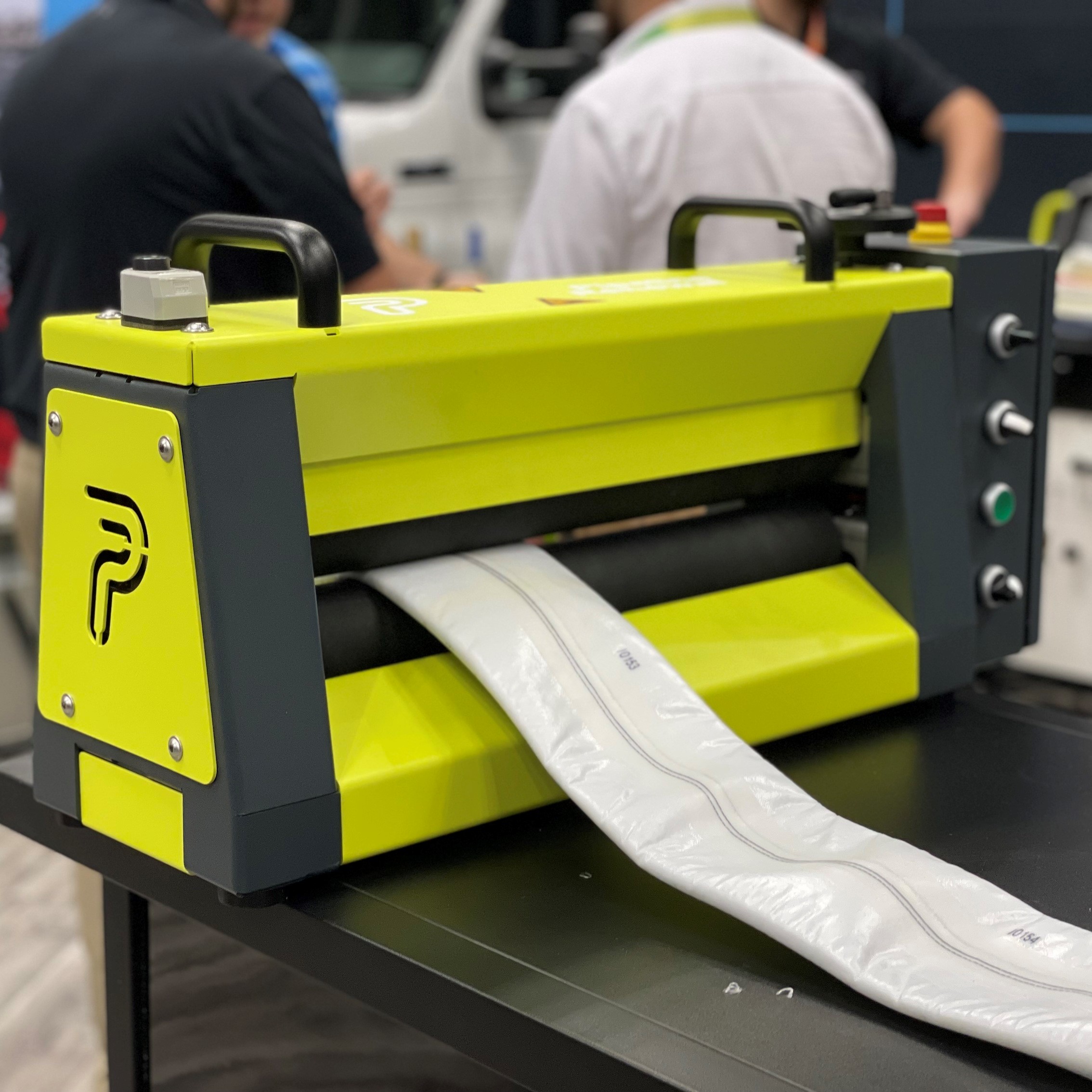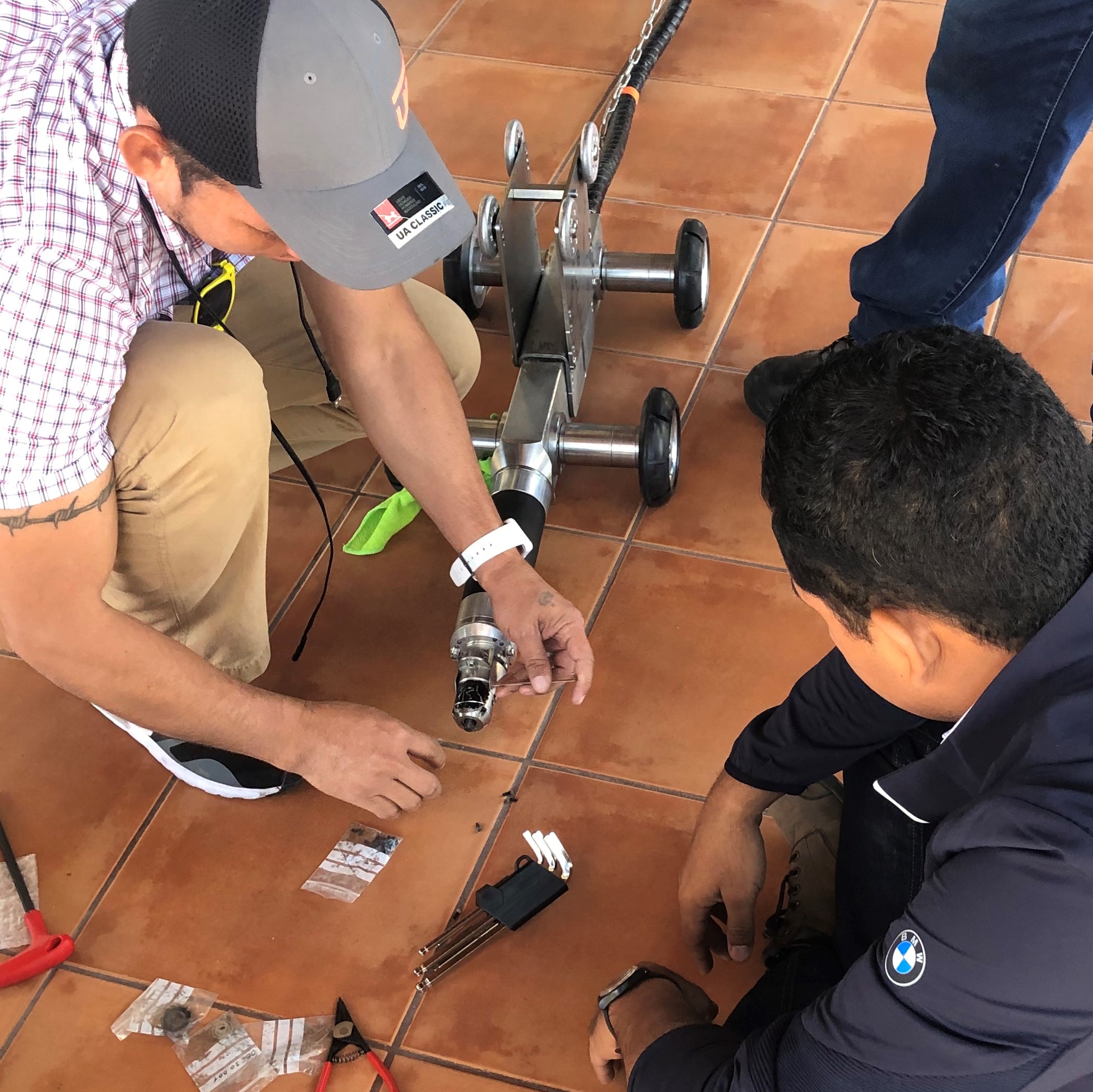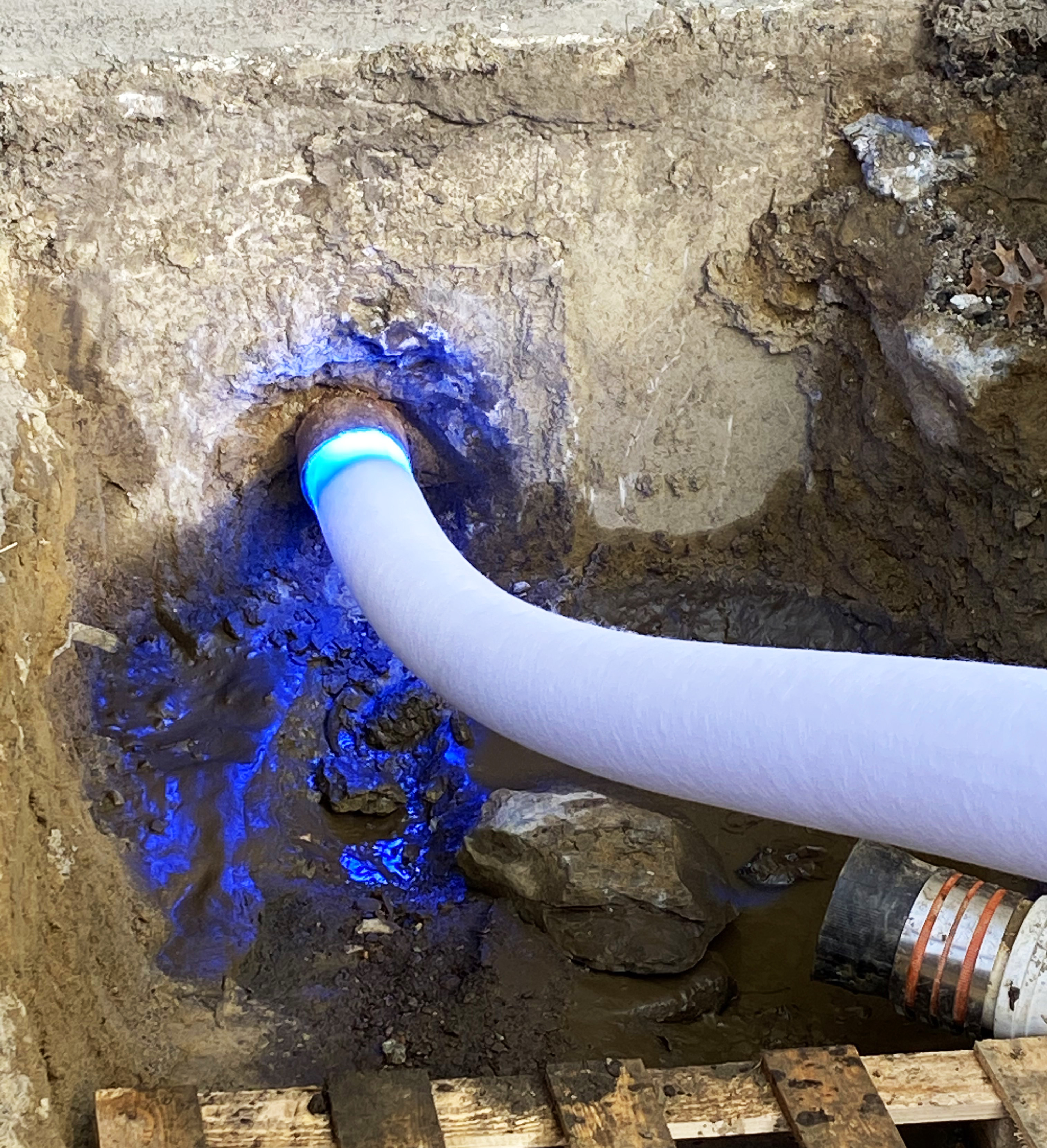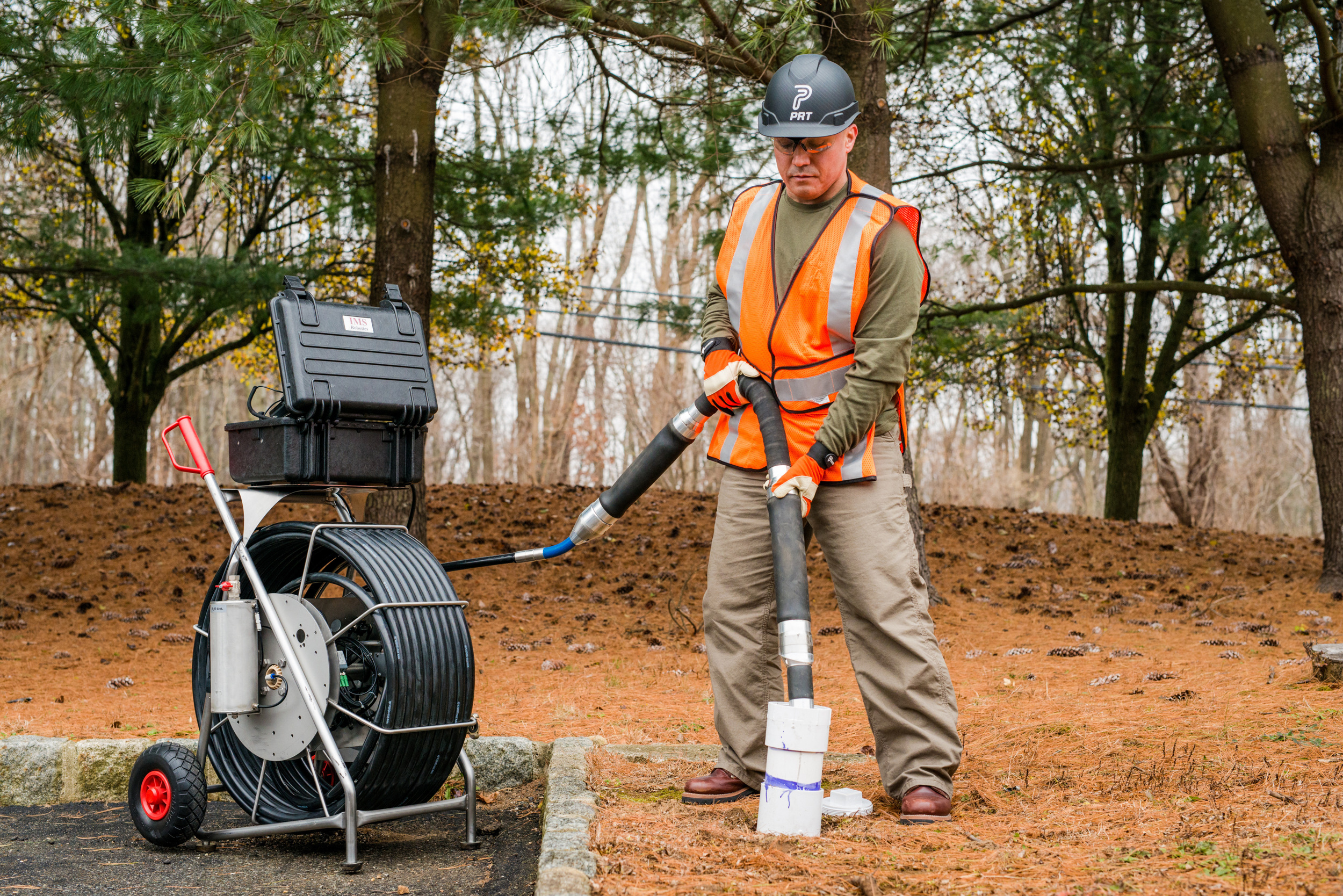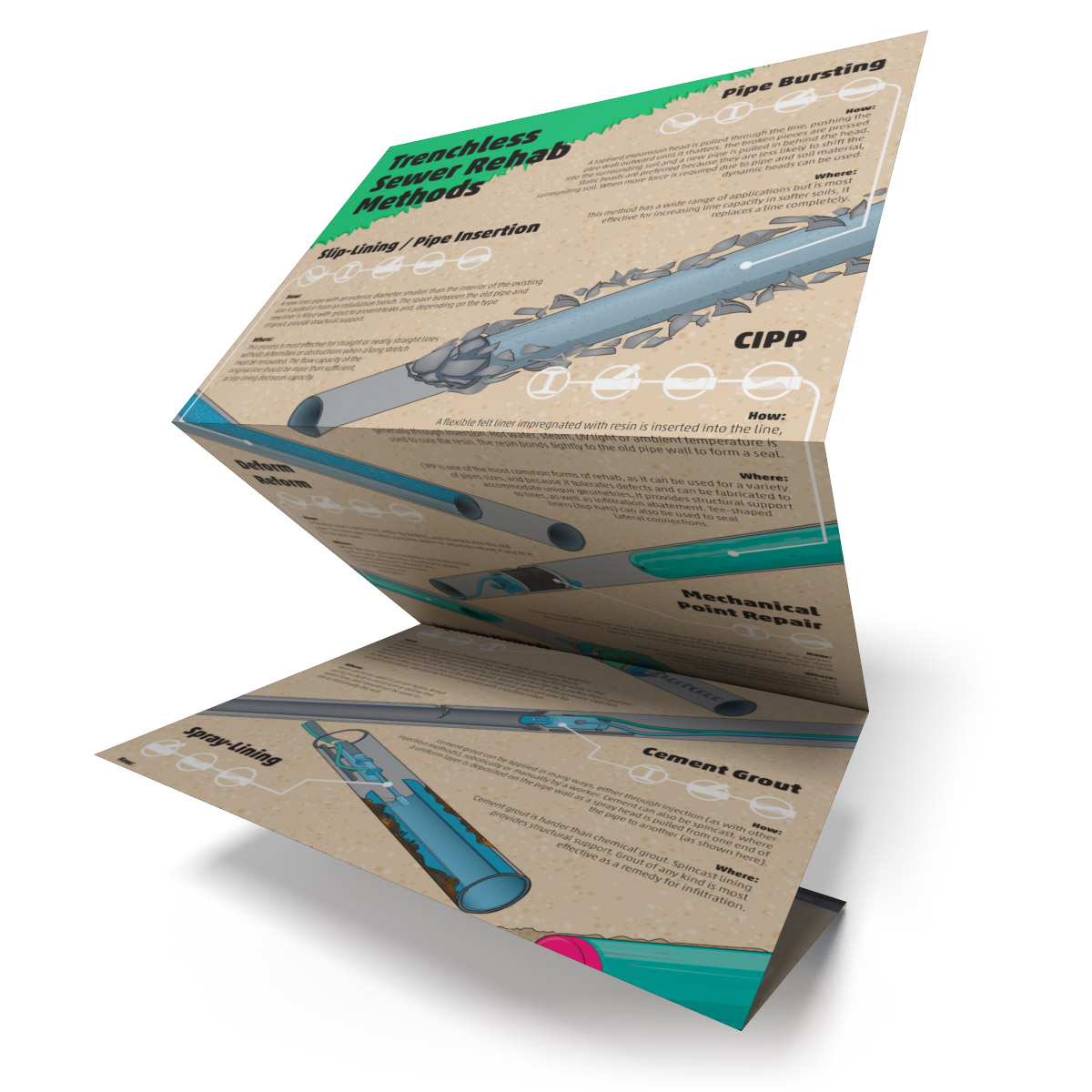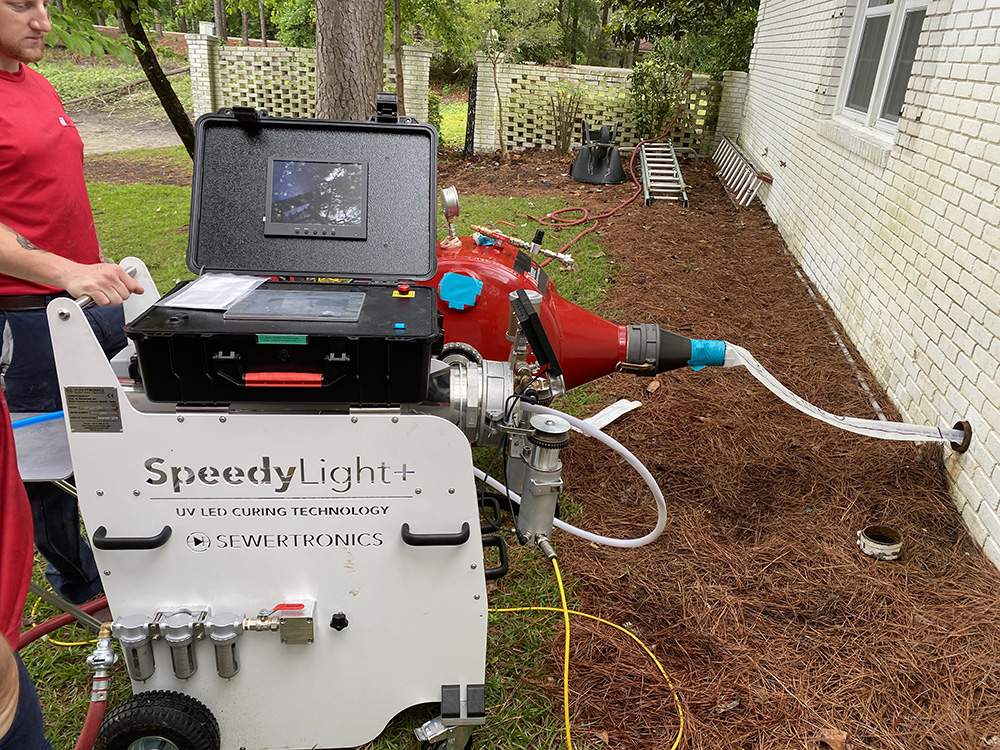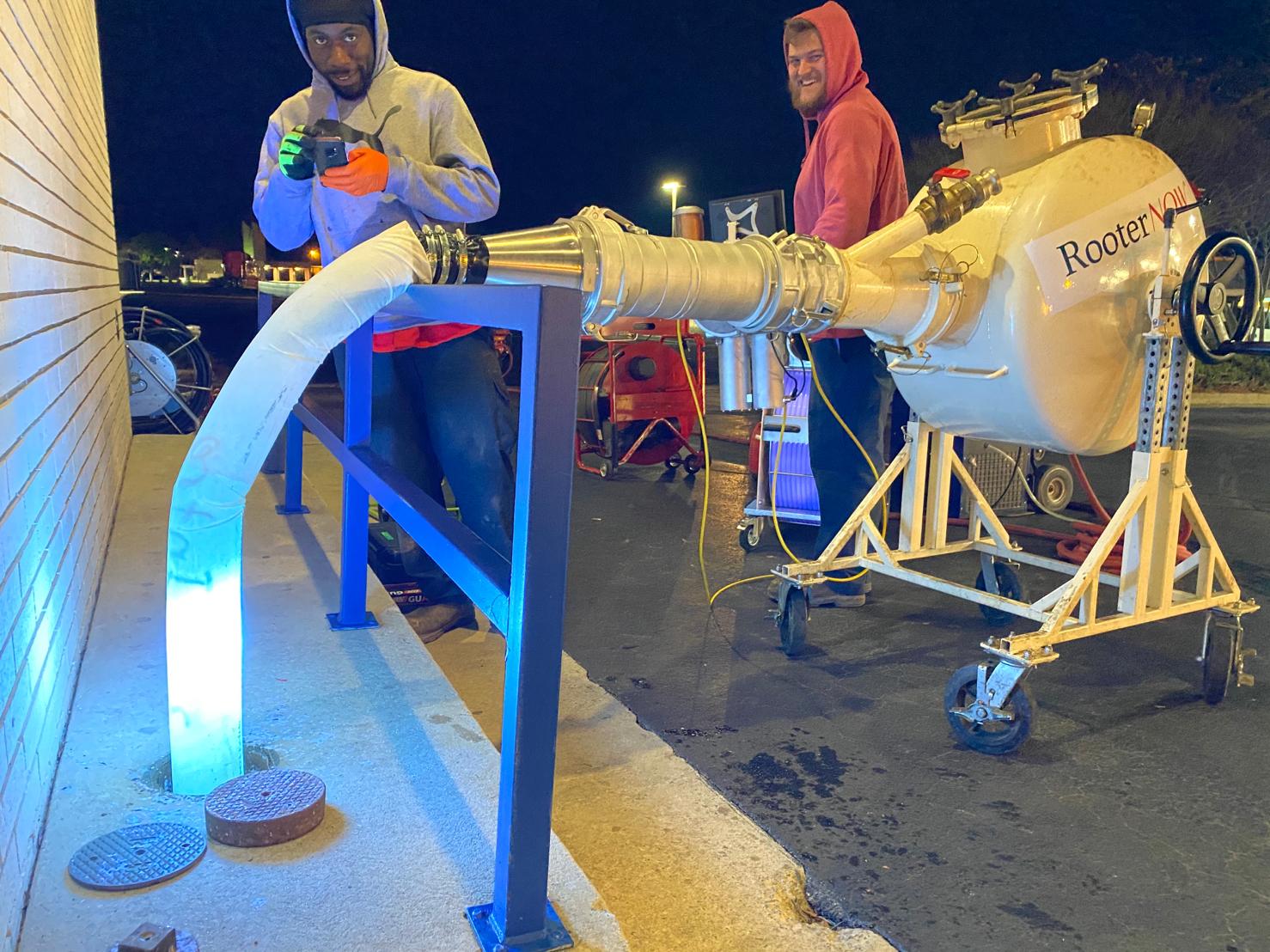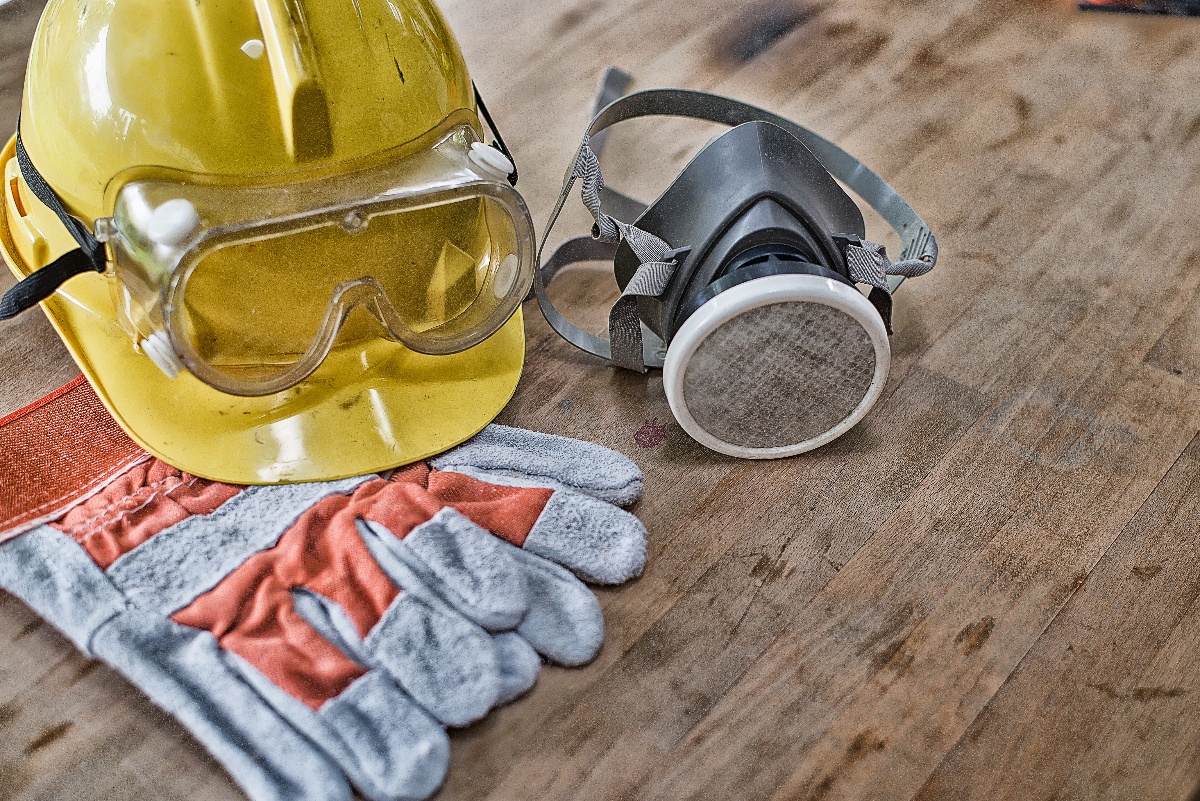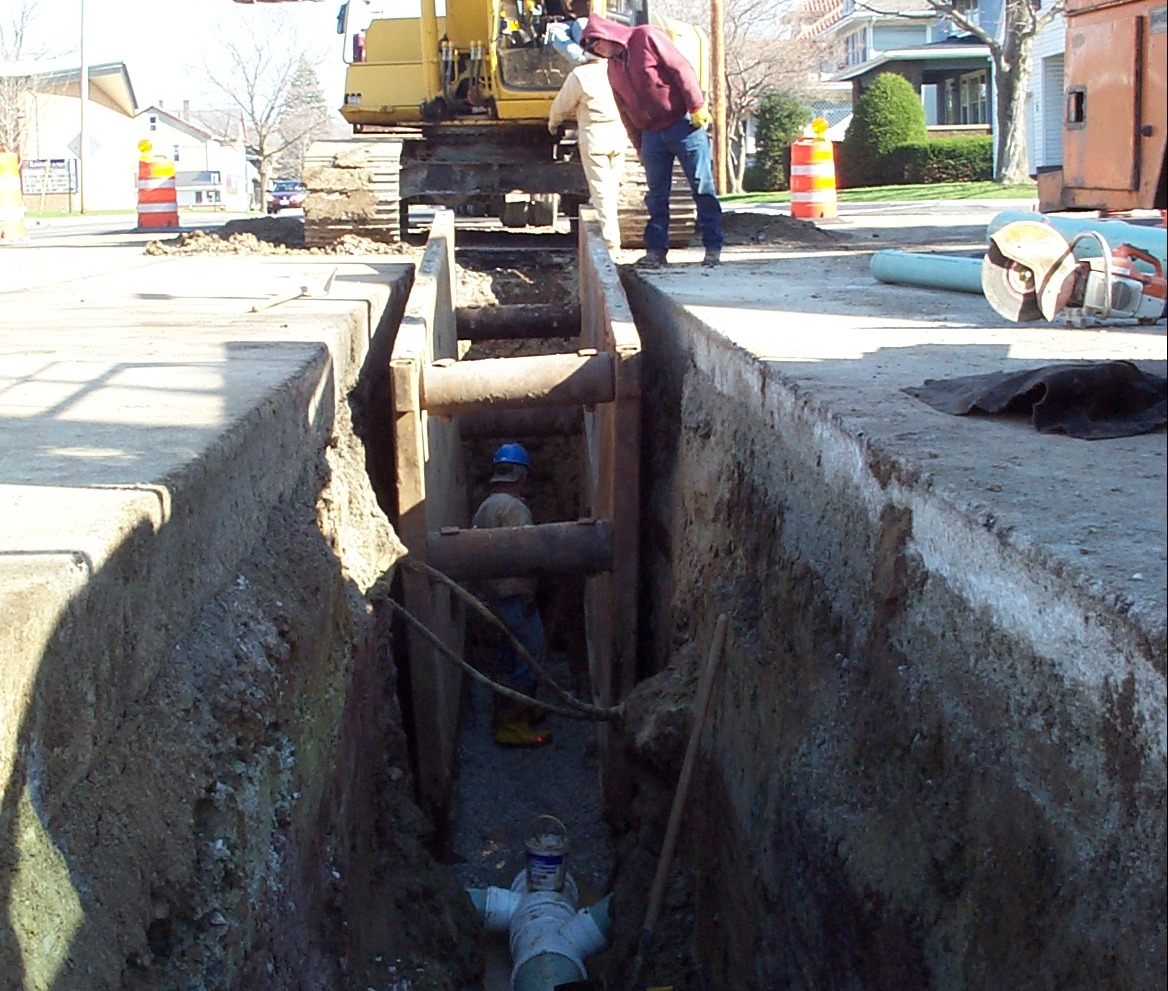If at first you don’t succeed, try, try again. Bud Humphries, owner of R.A.H. Solutions, took this message to heart three years ago. The upstate South Carolina-based contractor had historically provided commercial and industrial plumbing service and drain cleaning but knew there was more to explore in the trade.
Topics: Customer Spotlight, Sewer Rehabilitation, Trenchless Rehab, SpeedyLight+ Light Cure for CIPP, CIPP Lining
A calibration roller system is used to evenly distribute resin in the liners used in CIPP repairs. It works by feeding the liner onto a roller while the resin simultaneously fills the liner. This process is known as the “wet-out” stage of CIPP rehabilitation. While the new manual and electric rollers from PRT both fulfill this purpose, they operate in slightly different ways.
Topics: Trenchless Rehab, CIPP Lining
Maintenance Is King: How To Keep Your Pipe Rehab Gear at Peak Performance
The power of routine maintenance cannot be overstated, especially when it comes to sewer rehab and repair equipment. These tools experience serious wear and tear, and sewer lines are often dirty and unpredictable. While this technology is built to withstand rough environments, it isn’t infallible; just a few minutes of cleaning and care per day can help protect your equipment down the road. Looking after your gear helps to extend its service life, avoids downtime from unexpected damage, and can lower overall cost of ownership.
Topics: Sewer Rehabilitation, Trenchless Rehab, Preventative Maintenance
Curing During Active Infiltration: Which Cure Works Best?
Cured-in-place pipe (CIPP) installation is made more difficult by active infiltration, which occurs when groundwater seeps through cracks, joints or manholes into sewer pipes. New CIPPs should be tight-fitting and jointless to seal off any possible points of entry for infiltration. Unfortunately, CIPP does not eliminate infiltration from entering the existing host pipe. Infiltration is dangerous to the installation process because too much flow can wash the resin off of the new liner and/or prevent the liner from installing correctly. However, the type of cure used for installation can make a difference in the effects of infiltration.
Topics: Sewer Rehabilitation, Trenchless Rehab, SpeedyLight+ Light Cure for CIPP
What to Know Before Renting Sewer Rehab Equipment
Renting sewer rehabilitation equipment gives municipalities and contractors extra flexibility. The more equipment at a crew's disposal, and the wider the variety, the more jobs they can perform and bid on. However, purchasing isn’t always an immediate option.
Topics: Quick-Lock, Sewer Rehabilitation, Sewer Cutters, Trenchless Rehab, SpeedyLight+ Light Cure for CIPP
Choosing the Right Trenchless Sewer Rehab Method
Trenchless sewer rehabilitation offers wastewater professionals a less invasive method for repairing damaged or deteriorating parts of our underground infrastructure. Before trenchless rehab methods were introduced, wastewater professionals relied on dig-and-replace, which required excavation along the full length of the defective pipe to remove and replace it completely. This was not only disruptive, but also costly and precarious work.
Instead, trenchless technologies offer a way to restore the existing pipe’s structural integrity without ever taking it out of the ground.
Topics: Trenchless Rehab
Sewer pipes are subject to harsh pressures underground. While routine maintenance can help prolong lifespan, many pipes eventually begin to deteriorate and require more thorough rehabilitation.
Topics: Quick-Lock, Point Repair, Sewer Rehabilitation, Trenchless Rehab, Sewer Infrastructure, SpeedyLight+ Light Cure for CIPP, CIPP Lining
Since opening its doors in 2006, South Carolina-based plumbing company, RooterNow, has continually invested in innovative equipment and technology to provide its customers with a greater deliverable than its competitors could.
Topics: Customer Spotlight, Verisight Pro, Sewer Rehabilitation, Sewer Cutters, Trenchless Rehab, SpeedyLight+ Light Cure for CIPP, CIPP Lining
Today, nearly 50% of pipe repairs use cured-in-place pipe (CIPP). Though it was only invented in the early 1970s, CIPP’s ability to create a durable, corrosion-resistant new pipe without the hassle and danger of dig-and-replace made it an immediate success. But, like other construction methods, it has its risks. Using the right safety equipment and taking advantage of new, safer technologies ensures workers are exposed to fewer hazards on the job site.
Topics: Trenchless Rehab, SpeedyLight+ Light Cure for CIPP, LEDRig
Determining the right sewer rehabilitation method for a given job is not always straightforward, as identifying a solution requires evaluating a pipe’s physical environment and condition. Without properly assessing these factors, municipalities risk only partially solving a problem with point repair. Or, an equally inefficient outcome, waste resources by doing more work than necessary with end-to-end repair. While some municipalities have rehab contractors that also provide consulting services to address what type of solution is best, at the end of the day someone must make a decision on how to repair the pipes. So what should be taken into account?
Topics: Quick-Lock, Point Repair, Sewer Rehabilitation, Trenchless Rehab
About PRT
Pipeline Renewal Technologies delivers innovation to processes ranging from pipe point repair to relining and lateral reinstatement. Cutting edge technology, combined with dependability and support, have made us the industry's partner of choice.
Subscribe to Email Updates
Recent Posts
Posts by Topic
- Trenchless Rehab (21)
- Sewer Rehabilitation (17)
- Quick-Lock (16)
- Sewer Cutters (11)
- SpeedyLight+ Light Cure for CIPP (11)
- Point Repair (8)
- Resources (8)
- CIPP Lining (7)
- Customer Spotlight (5)
- Business Resources (4)
- Sewer IQ Quiz (4)
- Training (3)
- WWETT (3)
- Inflow and Infiltration (2)
- Preventative Maintenance (2)
- Product Features (2)
- ROVVER X (2)
- Resource Allocations (2)
- Sewer Infrastructure (2)
- LEDRig (1)
- PACP (1)
- Press Release (1)
- SewerTronics (1)
- Standards and Compliance (1)
- Verisight Pro (1)
- Video (1)
- Workflow (1)
